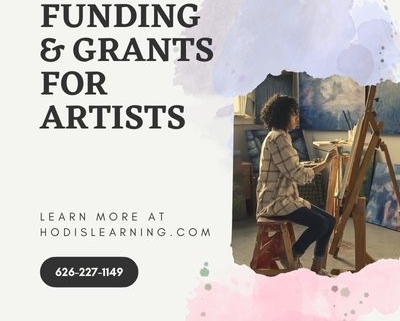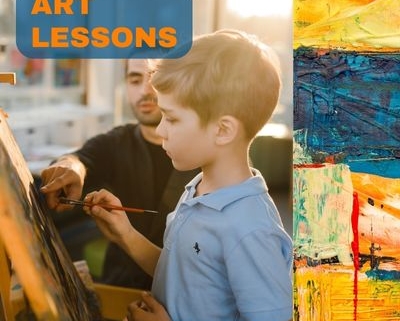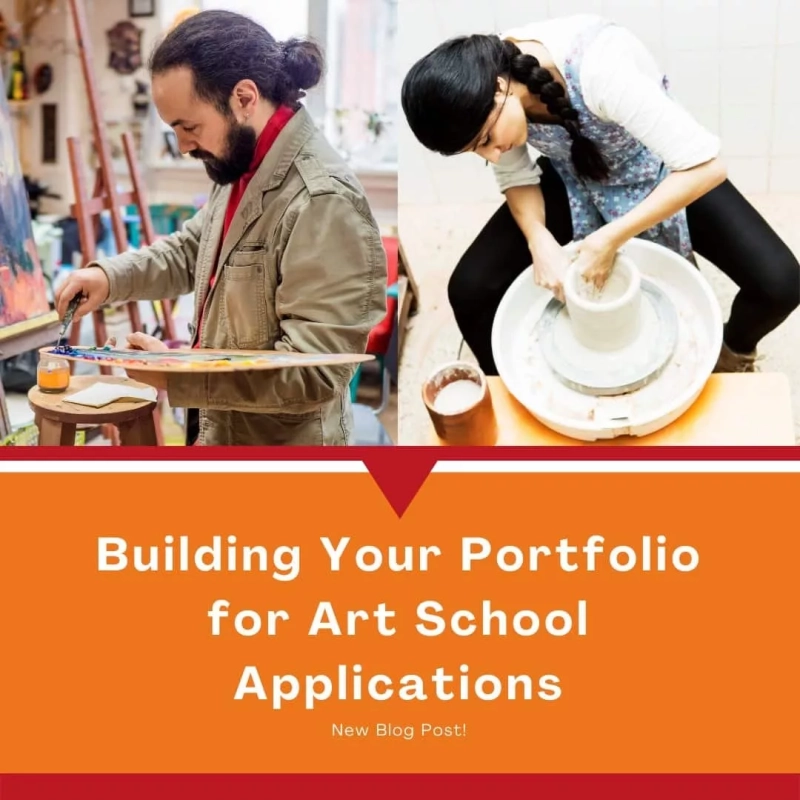A Step-by-Step Checklist for Aspiring Artists
Applying to art school is an exciting milestone! Your application is your chance to show who you are, not just as a student, but as a creative thinker and visual storyteller.
But between portfolio requirements, essays, and deadlines, it’s easy to feel overwhelmed. That’s where we come in. At Hodis Learning and Music, we’re here to guide you through the process and help you put your best work forward.
Here’s a step-by-step checklist to make sure your art school application is truly ready to shine:
1. Know Your Schools’ Requirements
Every art school is different. So before anything else, research your top choices and pay close attention to:
- Application deadlines (early action, regular decision, rolling, etc.)
- Portfolio requirements (number of pieces, accepted mediums, formats)
- Essay or personal statement prompts
- Letters of recommendation
- Transcript or GPA minimums
- Standardized test requirements (many art schools are test-optional, but check!)
Tip: Create a spreadsheet to track each school’s requirements and deadlines.
2. Curate a Strong, Cohesive Portfolio
Your portfolio is the heart of your application. It’s your opportunity to show admissions teams not just what you can do, but how you think as an artist.
Here’s what to focus on:
- Quality over quantity: Most schools ask for 10–20 pieces. Choose your strongest work.
- Show range: Include different mediums, subjects, and techniques if possible.
- Highlight personal voice: Admissions officers want to see who you are in your art.
- Follow directions exactly: Pay attention to format, image size, and labeling.
Pro tip: Before submitting, review your portfolio with a knowledgeable art instructor or tutor. A second pair of trained eyes can help you catch weak spots, refine your presentation, and ensure your work aligns with what schools are looking for.
3. Write a Compelling Artist Statement or Essay
Most art schools will ask for a personal essay or artist statement. This is your chance to:
- Explain why you want to study art
- Share your creative journey or influences
- Reflect on your process and goals as an artist
Be honest, authentic, and reflective. Don’t just repeat what’s in your resume.
4. Ask for Strong Letters of Recommendation
Choose recommenders who know you well, preferably teachers, art instructors, or mentors who can speak to both your artistic skills and work ethic.
Be sure to:
- Ask early. We recommend asking at least 3–4 weeks before the deadline.
- Provide context, such as your resume or portfolio.
- Say thank you. A handwritten note means a lot and can make a lasting impression.
5. Polish Your Resume or CV
Some schools request a resume outlining your artistic and academic experience. This is your chance to show you’re a well-rounded applicant. Include things like:
- Art classes or programs you’ve taken
- Exhibitions or showcases
- Competitions or awards
- Relevant jobs or internships
- Volunteer or leadership experience
6. Prepare for Optional Interviews
Not all programs require interviews, but some may offer them as part of the application process or as an opportunity to earn scholarships.
If you’re invited to interview:
- Be ready to discuss your portfolio and creative goals
- Practice speaking confidently about your work
- Come prepared with thoughtful questions about the program
7. Double Check and Submit on Time
Before submitting:
- Review every requirement one more time
- Confirm all images are properly labeled and formatted
- Proofread your essay and resume
- Ensure letters of recommendation have been uploaded
- Submit well before the deadline if possible
Bonus Tip: Don’t Go It Alone
Applying to art school is a big task, but you don’t have to do it by yourself. Whether you need help curating your portfolio, writing your essay, or simply managing deadlines, our team includes experienced art educators and academic tutors who understand what admissions teams are looking for and how to help you present your best, most authentic self.
Book a portfolio review or tutoring session today! You can email or call us at (626) 227-1149.





